The musculoskeletal system consists of connective tissues including joints, ligaments, and tendons. Problems with the musculoskeletal system can result in inflammation and pain, and ultimately reduce the body’s overall health. Increasingly, people are looking for more natural approaches to help relieve painful musculoskeletal conditions instead of relying on medications.
Well known for its effectiveness in reducing most types of pain, acupuncture is also used to treat pain from injuries–specifically those predominantly due to trauma or overuse syndromes involving the musculoskeletal system and its soft tissues. Trauma to these soft tissues, including ligaments, tendons and muscles are generally the result from falls, blows, sprains/strains, collisions, compressions, crushing and disruptions of the healing processes due to inflammation.
Acupuncture is a good therapy choice because it has no side effects and can be helpful for all types of pain, regardless of what is causing the pain or where the pain is located. Some studies have shown the pain relief provided by acupuncture can last for months.
Magnetic resonance imaging (MRI) of the brain before and after acupuncture treatment for pain shows dramatic decreases in brain activity by up to 70 percent. This decrease in activity in certain areas of the brain is thought to be the reason for the reduction of pain caused by the acupuncture treatments.
If you have musculoskeletal issues call today to see what acupuncture and Oriental medicine can do for you!
Oriental Medicine for Injury Rehab and Relief
 |
|
After sustaining an injury, the healing process goes through two stages. The first is called the acute stage and is characterized by redness, swelling, inflammation and pain. The second is the chronic stage in which a patient may experience pain only when overusing the injured body part. Noticeable signs of inflammation may be nonexistent or minimal. In general, acute stages last from a few days to about three weeks, at which point any residual problems and pain are considered to have reached the chronic stage.
Physical trauma resulting from accidents, post-operative conditions, labor, disease or other causes requires different treatment for each stage of convalescence. Acupuncture and Oriental medicine provide a comprehensive treatment from the very beginning of an injury throughout recovery. To help rehabilitate a patient and provide pain relief after an injury, a practitioner may have to resolve a condition known as blood stasis.
Blood stasis, according to acupuncture and Oriental medicine, occurs when the flow of blood slows down and blood begins to congeal. The pain associated with this condition is fixed, sharp and with clear boundaries. This means the pain does not change locations and can be located precisely by the patient. A good example of blood stasis is a bruise on the leg. Judging by the color changes on the skin, unpleasant sensations and perhaps some puffiness, it is evident the leg endured a physical trauma. All evidence points to an eruption of blood vessels resulting in a small, visible pool of blood.
For a patient contending with the aftermath of an injury, getting back on one’s feet again may take a variety of modalities to provide pain relief and help in regaining full mobility and range of motion in the injured area.
If you have suffered physical trauma and still experience pain or other symptoms as you enter the chronic stage of recovery call for an appointment today!
Strengthening Exercises to Reduce Chance of Injury
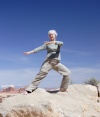 |
|
One of the best ways to wake up is by giving your arms a great big stretch in the morning, and if you can get on your feet and throw your whole body into it, all the better. Deep stretches are an excellent way to stimulate blood flow and invigorate your body and mind. Not only do they feel good, but they can also be performed as strengthening exercises and help reduce the chance of repetitive stress injuries.
Repetitive stress injuries come in many different forms. A soccer player may contend with tendonitis in the knee from relentlessly kicking the ball across the field. A janitor may feel the pain of bursitis in the shoulders from mopping floors all day. Even sitting in an office for eight hours and typing may cause a person discomfort in the hands and arms, plus pain in the lower back from being sedentary for extended periods of time.
There are many benefits to stretching, even before a problem sets in. One may expect an improvement in posture, a reduction in stiffness from under-used muscles, and an increased flow of blood and oxygen to the brain. Perhaps one of the best ways to counter the effects of repetitive activities is through the practice of tai chi.
This style of exercise is flowing, rhythmic and meditative. The pace is usually slow to moderate. Some may even say those practicing look like they are engaged in a well-choreographed slow-motion dance. In China today, many people, some well into their golden years, can be found openly practicing tai chi in the local parks. Often, it is performed as a group activity, creating a supportive social environment as well.
Tai chi movements are very structured and coordinate with the breath to bring about a more tranquil state of mind. The gentle, continuous flow of the movements is well-suited for people of all different athletic ability. However, there are many common stretches that can also be safely performed at home if tai chi instruction is not readily available.
To help achy or tired arms and hands, try this finger stretch. Start by extending your arm in front of you, with your palm facing outwards. Spread your fingers and gently, one by one, pull each finger delicately toward your body. Spend a few seconds massaging each one if you feel inclined. When finished, wring out your hands by giving them a good shake.
Another good way to loosen up tension in the hands and forearms is to do the wrist stretch. Simply tap the insides of your wrists together 8 times and then do the same for the outsides of your wrists. Your fingers should be pointing upwards during the inner wrist move, and conversely, they will be dangling upside down for the outer move.
The shoulders may need some attention and loosening up, as they tend to become stressed without us even realizing it. Every couple of hours or so, take a few minutes to engage in shoulder rolls. Lift your shoulders as high as they will go while leaving the rest of your arms relaxed. Roll the shoulders forward three to four times, and then roll them backwards three to four times.
Sometimes life gets busy and it’s easy to forget ourselves as we delve into a project or work. Setting an alarm for every hour can help you remember to bring attention to those body parts which absorb stress easily. For many, these include the shoulders, jaw and lower back.
If reaching a level of physical comfort is proving to be difficult, call (904) 448-0046 today for an appointment.
Tendonitis Relief and Recovery
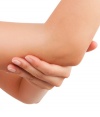 |
|
Tendonitis is a painful condition resulting from inflammation of the tendons. Tendons are thick bands of strong fibrous tissue that link bone to muscle. Although they are designed to withstand extreme pressure, certain circumstances will produce swelling and pain in the area. Sometimes performing the same movements repetitively over a long period of time can lead to tendonitis. At other times, a sudden or jarring traumatic event can be the cause.
Repetitive motions from activities like gardening, cleaning, typing, and using the computer can lead to achy, inflamed tendons. Bad posture and not properly stretching before a substantial workout may also be a factor in the condition. As well, some diseases such as rheumatoid arthritis (RA) or diabetes may lead to tendonitis.
Those over 40 years old are at a higher risk for developing tendonitis. Collagen fibers provide the force that binds all the components of the tendons together, but become weaker and less resistant to stress as we age. The result can be more tears and trauma inflicted on the tendons.
The areas most commonly prone to tendonitis include the base of the thumb, elbows, shoulders, hips, knees and the Achilles tendon. The Achilles tendon is located on the back of the foot, just above the heel. No matter what body part is affected, acupuncture and Oriental medicine may help provide relief and speed up recovery time.
According to acupuncture and Oriental medicine, conditions of pain may be caused by cold or heat, so one of the first things to be determined is whether the afflicted tendon is suffering from a hot or a cold condition. To help explain this, envision an avid tennis player with a red, swollen elbow. The pain is so bad that the arm cannot be used properly. There is visible swelling and the area is warm to the touch. This would clearly indicate a condition of heat, so massage and heat therapies would only aggravate the pain.
Now picture a retired gardener with pain in his right elbow. The pain is in a fixed location and slight swelling is visible. His body often feels cold, especially his hands and the elbow with tendonitis. Chilly, damp nights increase the levels of pain to the point where he needs to take pain relievers. Light massage and heat therapies alleviate the pain and feel good when applied. All factors point to a condition of cold. These two patients will receive largely different treatments since they do not share the same diagnosis.
If you experience stiff thumbs worsening on cold, winter nights, find your knees unable to take the pressure of your workout routine or worry you may have other symptoms of tendonitis call (904) 448-0046 for an appointment today
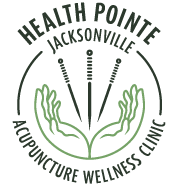
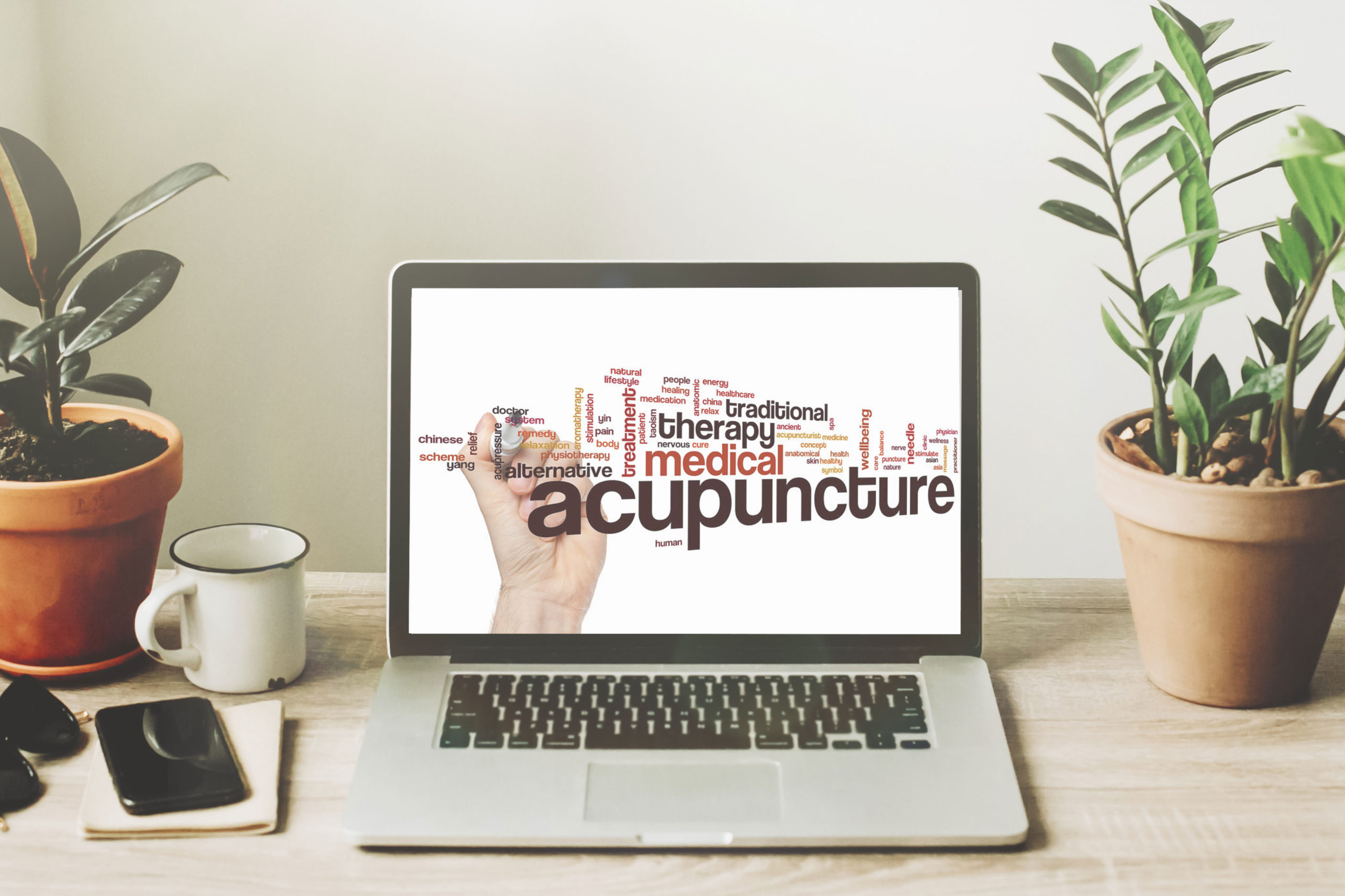
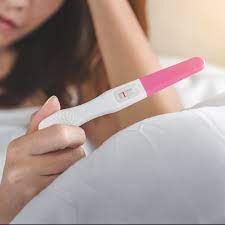
About The Author: Julee Miller
More posts by Julee Miller